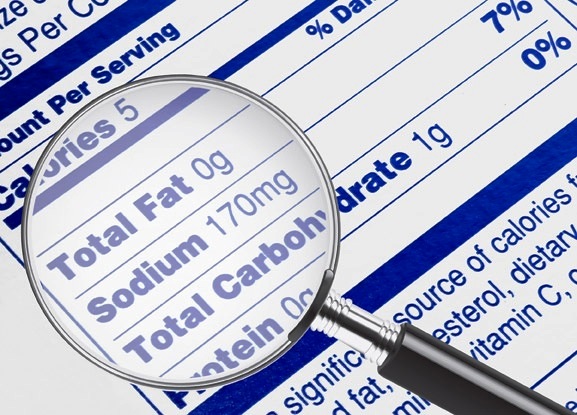Understanding food labelling terms |11 July 2018

Image source: Guiding Instincts
Food manufacturers follow specific guidelines to provide information about the content of their products, so that consumers can ensure the products are safe and healthy.
To help members of the public make better use of information on food labels, the Nutrition Unit at the Ministry of Health shares details of the meanings of some common labelling terms.
Use by: ‘Use by’ dates appear on foods that expire quickly, e.g. fish and meat. It’s important not to use any foods after the end of the ‘use by’ date, even if they look/smell fine, as consumption after this date can put your health at risk. Also important is to follow any given storage or handling instructions.
Best before: When the ‘Best before’ date is passed, it doesn't mean that the food will be harmful, but it might begin to lose its flavour/texture. However, these foods need to be stored according to the label’s instructions.
Display until and sell by: These terms are mainly used by retailers for stock control purposes; they aren't required by law, and are instructions for shop staff, not for shoppers.
Health claims: To prevent misleading claims, nutritional and health benefits stated on labels must be based on science. Labels aren't allowed to claim that food can treat, prevent or cure any disease or medical conditions; these can only be made for licensed medicines.
Light or lite: ‘Light’ or ‘Lite’ foods must be at least 30% lower in at least one typical value, e.g. calories or fat, than standard products. It must explain exactly what's been reduced and by how much, e.g. ‘light: 30% less fat’.The easiest way to compare products is to look at the information per 100g.
Low fat: A ‘Low fat’ claim may only be made where the product contains no more than 3g of fat per 100g for solids, or 1.5g of fat per 100ml for liquids (1.8g of fat per 100ml for semi-skimmed milk).
No added sugar or unsweetened: These terms refer to sugar or sweeteners that are added as ingredients; they don't mean that the food contains no sugar. Ingredients lists on food products with these labels will tell you what ingredients have been used, including types of sweetener and sugar.
No added sugar: The food hasn't had sugar added to it as an ingredient; it might still taste sweet and can still contain sugar. Just because a food contains ‘no added sugar’, this doesn't necessarily mean it has a low sugar content; it may contain ingredients that have a naturally high sugar content, e.g. fruit or added milk, which contains lactose, a type of sugar that occurs naturally in milk.
Unsweetened: No sugar or sweetener has been added to the food. This doesn't necessarily mean that the food won't contain naturally occurring sugars.
It’s important to remember that even if a food says ‘lite’, ‘light’, ‘low fat’, ‘no added sugar’ or ‘unsweetened’ on it, it does not always mean it is a healthy product. Most of the time, such foods may have higher amounts of sugar, fat or salt to offset the taste of the nutrient which has been reduced, so it may still be high in energy (calories). It is best to read the nutrition information and ingredients list carefully to know the exact contents.
Ingredients: The ingredients in food are listed in descending order of weight at the time they were used to make the food. If flavourings, additives or allergens are used, the label must say so. There will usually also be the manufacturer's name and address, a date mark, instructions for safe storage and the weight of the product.
Nutrition information: As a minimum, labels must show the amount of each of the following per 100g or 100ml of the food:
- Energy in kilojoules (kJ) and kilocalories (kcal)
- Fat (in g)
- Saturates (in g)
- Carbohydrates (in g) (simple carbohydrates are often listed as ‘carbohydrates of which sugars’) e.g. added sugars and the natural sugars found in fruit and milk. Complex carbohydrates are also called starchy foods, e.g. potatoes, bread, rice & pasta. Sometimes only a total figure for carbohydrates is indicated, including both complex and simple carbohydrates)
- Sugars (in g) (includes added sugars, i.e. ‘free sugars’ and the natural sugars found in fruit and milk
- Protein (in g)
- Salt (in g) (includes all sodium in food. While most sodium comes from salt ‘sodium chloride’, some can be naturally occurring in food and it can also come from raising agents and additives
- Amount of any nutrient for which a claim has been made
Sometimes amounts per serving or per portion are given, but this must be in addition to the 100g or 100ml breakdown. Remember, the manufacturer's idea of what constitutes a ‘serving’ or a portion’ might not be the same as yours.
Therefore, when comparing products, always do so per 100g or 100ml to have a better comparison. Before putting an item in your basket, get into the habit of reading the label so you know exactly what is in the product before making a purchase.
Reference: National Health Service (NHS)




